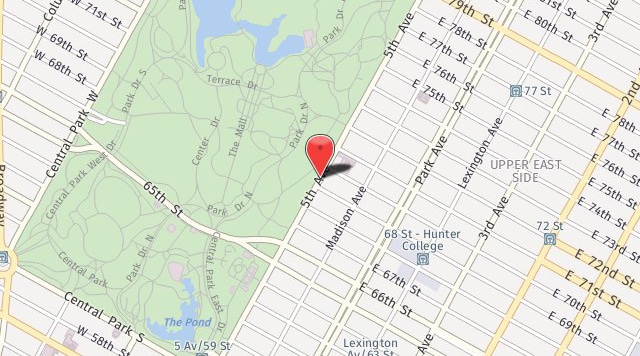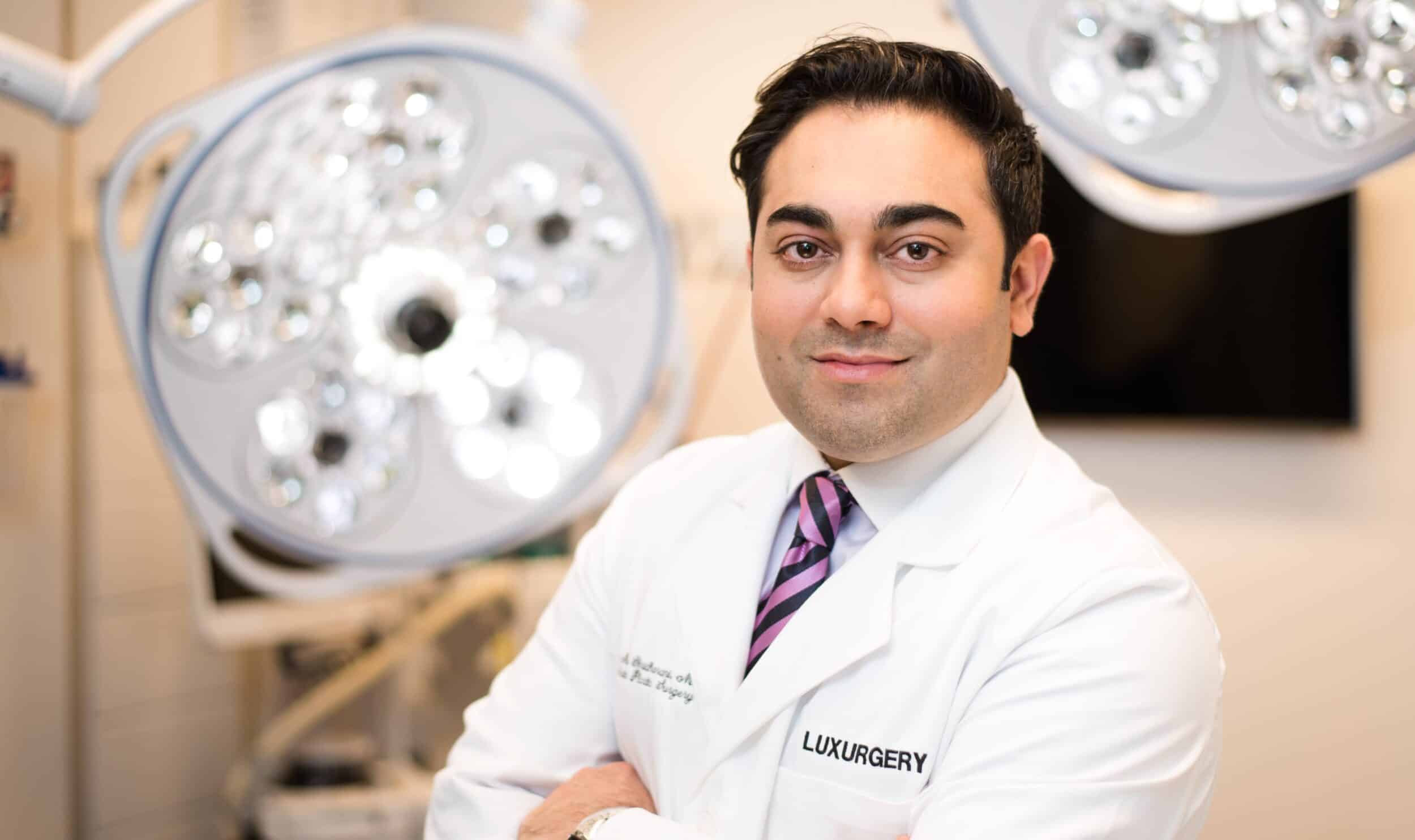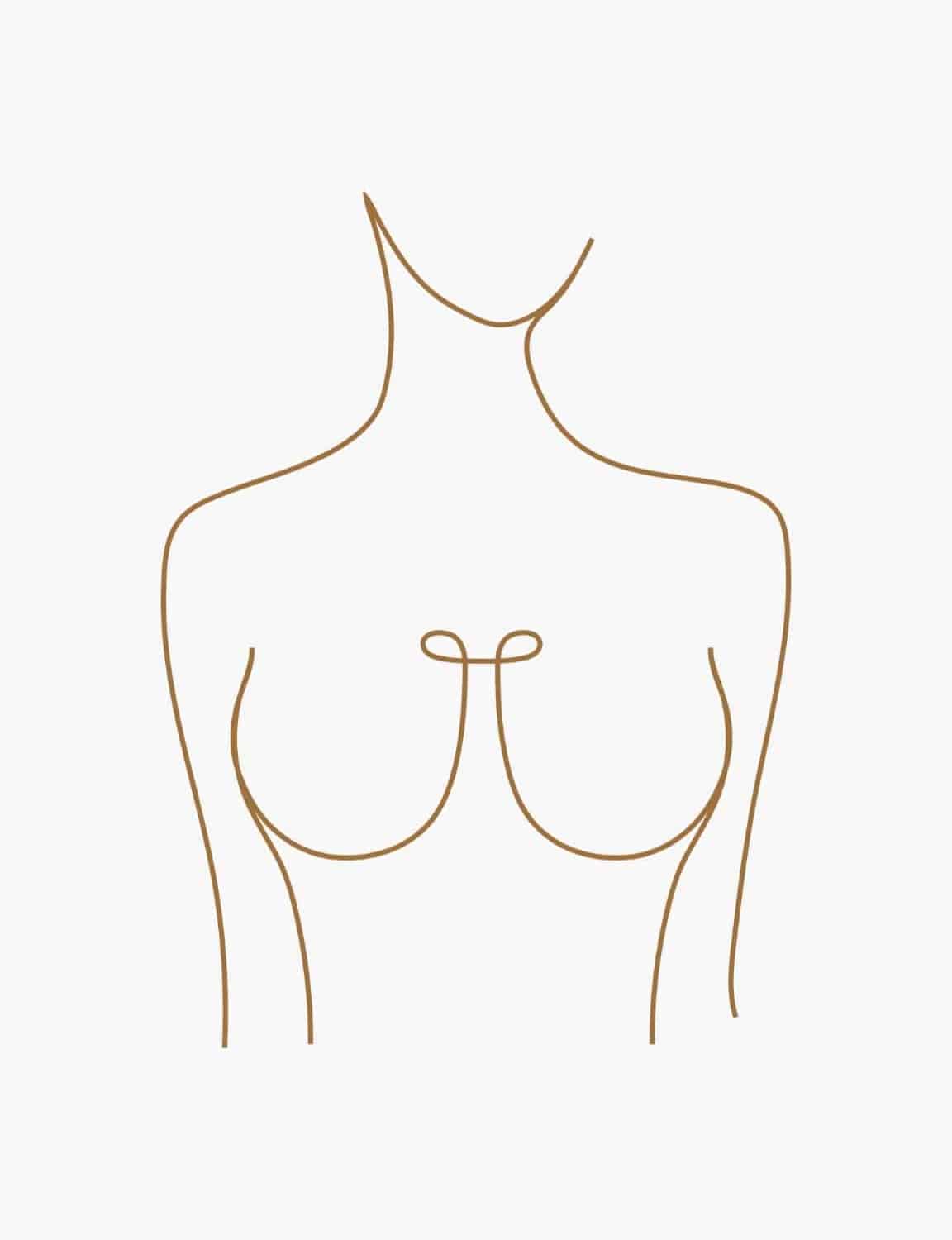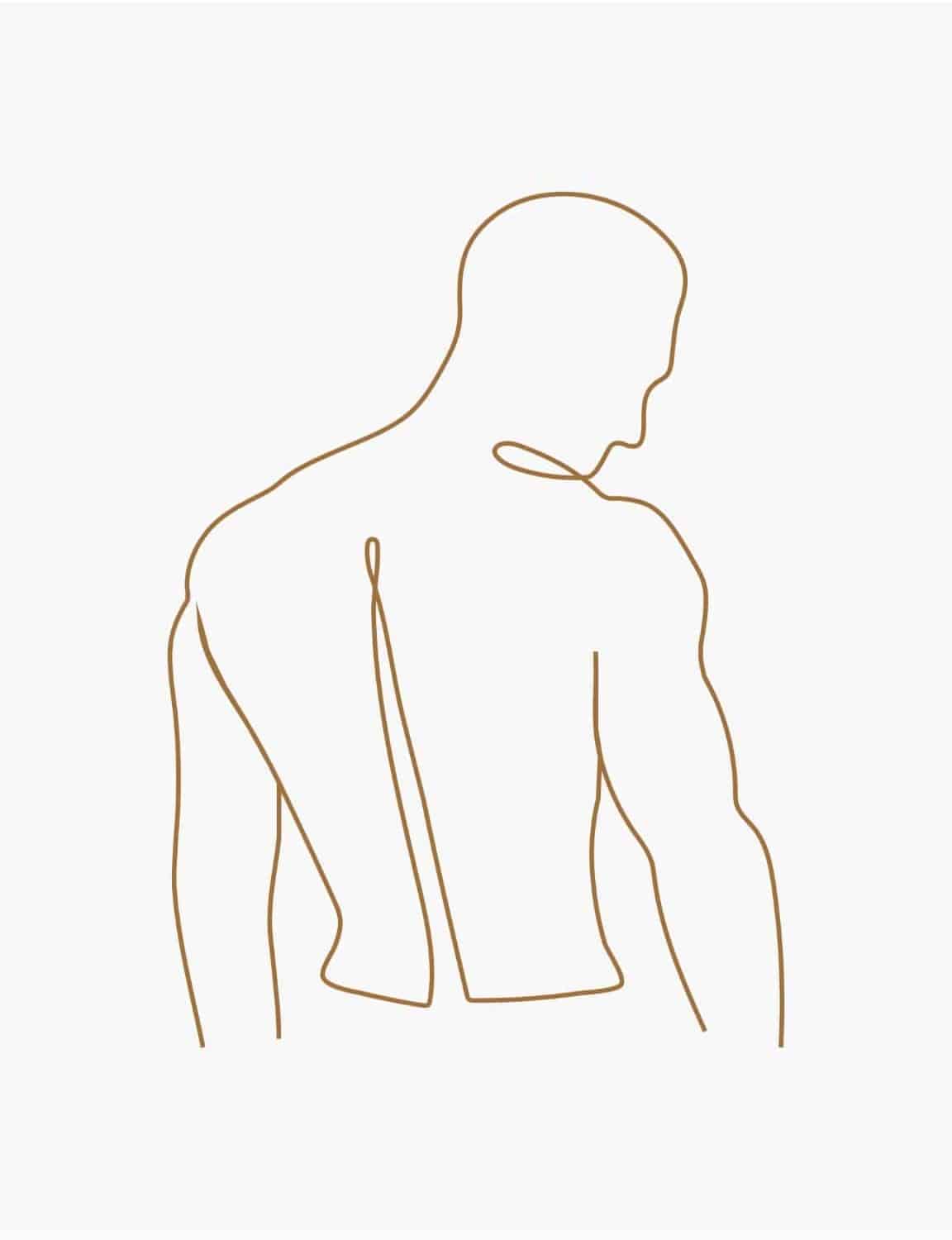Men living with excess breast or fatty tissue in the chest can obtain male breast reduction from one of the leaders in surgical and non-surgical treatments. Board-Certified New York City plastic surgeon, Dr. Shridharani, trained at Johns Hopkins University and is considered a pioneer in the innovative treatment of pseudogynecomastia using Kybella.
Male breast reduction is a personalized treatment plan that is based on the findings of an in-depth consultation and examination. Male breasts may develop for a number of reasons, and the treatment for this condition must revolve around the originating cause.
What Is Gynecomastia?
Gynecomastia is a term used to describe when the male chest becomes enlarged and takes on a feminine or breast-like appearance because of excessive breast or glandular tissue. Everyone, including men, has a certain amount of breast tissue. In some men, genetics or environmental factors such as medications or other reasons can cause this breast tissue to become larger than normal and result in the chest having a breast-like appearance. This tissue will have a firm or rubbery feel, and sometimes might be slightly uncomfortable to touch. Dr. Shridharani, top NYC-based plastic surgeon, will listen to your concerns and provide you with your treatment options.
What Causes Gynecomastia?
Lots of things can cause gynecomastia from medications such as steroids or certain anti-depressants to various medical conditions and even recreational drugs like marijuana. Sometimes gynecomastia is a normal part of aging, like in adolescence. In this case, it usually resolves on its own and as long as it isn’t psychologically distressing, watchful waiting is the best course of action. Consulting with Dr. Shridharani, a board-certified plastic surgeon in Manhattan, will be the best way to determine if you have gynecomastia and what might be causing it.
What Causes Breast Development in Men?
Does gynecomastia worsen over time?
True gynecomastia is caused by fluctuations in hormone levels, and this is typically a result of the aging male body. While not anywhere near as extreme as female menopause, the male body also has hormonal changes after turning 50. These include boosts in estrogen production, and that can cause the increase in glandular tissue that creates the enlarged breasts. There’s no pattern of whether those fluctuations will continue or whether they will resolve.
Who Is a Candidate for Male Breast Reduction?
Men who are self-conscious about their appearance or utilize strategies such as wearing loose clothing or chest binders to disguise the appearance of enlarged breasts may consider male breast reduction as an optimal treatment option. The best candidates are in good general health and committed to ongoing maintenance in the form of proper nutrition and exercise habits.
Are there different stages involved with gynecomastia?
The American Society of Plastic Surgery has adopted the following stages with gynecomastia:
- Grade I — Small enlargement without excess skin
- Grade II — Moderate enlargement without excess skin
- Grade III — Moderate enlargement with minor excess skin
- Grade IV — Marked enlargement with excess skin, mimicking drooping female breasts
There are also two types of gynecomastia:
- Glandular gynecomastia — This is the clinical version of gynecomastia, where glandular tissue develops behind the areola and becomes hardened and rubbery.
- Fatty gynecomastia — Also known as pseudogynecomastia, this occurs doe to the gain of excessive weight and accumulation of fatty cells around the breast area.
Can Children/Young Adults Undergo Surgery for Gynecomastia?
Male breast reduction surgery is typically not considered a viable treatment option until a young man has reached adulthood. Although treatment for gynecomastia may be categorized more so as corrective or reconstructive than cosmetic, it is important that surgery or non-surgical treatment is performed after the breasts have fully developed, which usually does not occur until after age 18. Waiting until this time reduces the chance that breasts will continue to grow after treatment.
How Is Gynecomastia Treated?
Gynecomastia may be treated in a number of ways, including liposuction alone, liposuction with excisional surgery, or using Kybella, a fat-reducing injectable drug.
Treating Male Breast Reduction with Liposuction
When gynecomastia is related only to excess fatty tissue and does not involve the breast gland, liposuction may be performed to reduce breast size. This surgical technique involves small incisions and the insertion of a tiny cannula, or hollow tube, through which fatty tissue can be extracted. Liposuction techniques may include vibrational or ultrasound energy or traditional, gentle suction.
Male Breast Reduction Surgery
Because glandular breast tissue is firm and rubbery, it isn’t easy to remove without undergoing a surgical procedure to remove it. Breast reduction surgery may involve a small cut around the nipple/areola or sometimes involves a larger incision at the base of the chest. Both of these scars typically heal well, and results from breast gland excision may last indefinitely because glandular tissue does not grow back.
How common is surgery to correct gynecomastia?
One of the more unfortunate aspects of gynecomastia is that, while it can really impact a man’s self-confidence, most men don’t choose to do anything to address the condition. Estimates are hard to fully verify, but it’s thought that from 40 to 60 percent of men are affected by enlarged breasts. But in 2019, only 20,955 men chose to have surgery to correct their condition.
That’s a shame because these procedures with a board-certified plastic surgeon such as Dr. Shridharani are not complicated, don’t involve much of a recovery, and don’t leave any noticeable scarring.
See What Our Patients are Saying…
"Dr. Shridharani recently helped me get rid of something on my body I was embarrassed of and didn’t want on me, and not only did he get rid of it, but there is no scar whatsoever! It is as if it was never there at all. I am so grateful for Dr. Shridharani’s work and he was so kind throughout the whole process! I would even go as far to say that I had fun being at the office!! THANK YOU! Other surgeons should take notes 🙂"
What will recovery be like after gynecomastia treatment?
Your recovery will depend upon which treatment approach Dr. Shridharani used for your gynecomastia. With Kybella, there isn’t any recovery, but you will have swelling in the area, particularly after the first injection session. This won’t preclude you from getting back to work or other activities, but you’ll need to avoid exercise stressing your chest for a couple weeks.
Liposuction creates at least a couple short incisions. These typically don’t require sutures to close; they are that small. This is limited liposuction so you likely would be able to return to work the next day or you could relax for a day or two. You’ll have some bruising and slight swelling, but nothing severe.
Surgery to correct gynecomastia involves some recovery, but it is not a difficult one. There will be some swelling and discomfort that may last up to two weeks (and can linger longer at times), but it will begin to resolve relatively quickly. You will need to wear a compression shirt or vest to reduce swelling and to help your chest conform to its new contour. You should be able to resume most of your normal activities within one week after surgery, but any exercise, such as weightlifting, that puts pressure on the chest will need to wait for up to six weeks.
Non-Surgical Male Breast Reduction with Kybella
Gynecomastia that is caused by an excess of fatty tissue only may respond well to injectable fat-reducing treatment. Kybella is the brand name for a powerful deoxycholic acid substance. When introduced to localized areas of fat, this acid causes fat cells to gradually disintegrate. A series of injections is typically needed to achieve optimal chest definition.
Are There Any Side Effects After Male Breast Reduction?
The most common side effects of male breast reduction are temporary soreness and swelling related to the surgical procedure. Even when injectable treatment is conducted to dissolve excess fatty tissue, a degree of swelling should be expected. The side effects that occur after male breast reduction are temporary and manageable with proper medication and compression therapy.
Will There Be Visible Scarring?
When breast glands are removed, visible scars will be noticed around the areolas and possible at the breast crease. Usually, scars fade over time to a point where they are barely perceptible. However, there is no way to predict exactly how every incision will heal.
Will Gynecomastia Return After Male Breast Reduction Surgery?
True gynecomastia related to genetics and enlarged breast glands typically does not recur after appropriate treatment. Removing enlarged glands achieves permanent reduction. However, contributing factors such as weight and hormone imbalance could affect the amount of fatty tissue that resides on the chest as a man ages.
Are there treatments I can use at home to address my enlarged breasts?
Gynecomastia in teenage boys is almost universal, at least to some degree. This is due to the raging hormones of puberty, which includes higher levels of estrogen. But almost all these cases resolve as the boy exits puberty and his estrogen output drops back to normal levels.
True gynecomastia, where the man develops a hardened mass under each areola, won’t usually resolve once the glandular tissue has enlarged. But if your enlarged breasts are due more to fatty tissue, this can be lessened through weight loss, getting down to your ideal weight.
Many cases of gynecomastia are related to medications. Anabolic steroids used by athletes and bodybuilders often create enlarged breasts. So do other medications such as antidepressants, anti-androgens for enlarged prostate, AIDS treatments, and others. Dr. Shridharani can discuss with you which medications could be causing your enlarged breasts, and you can seek alternative options.
Cutting back on alcohol consumption and any heavy marijuana use can decrease enlarged breasts linked to those substances.
What If My Doctor Says I Have Pseudogynecomastia?
Pseudogynecomastia is an enlargement of the male chest, however, the underlying cause is a collection of FATTY tissue rather than actual breast tissue. This may be caused by weight gain or, unfortunately, genetics. The treatment for this condition, however, can include more non-invasive or minimally invasive techniques such as injectable treatments or liposuction. Dr. Shridharani has performed thousands of injections to treat unwanted fat deposits in the body and is an international leader in pioneering this non-invasive treatment. He has also performed thousands of plastic surgery procedures and has vast experience in male chest and body contouring. Schedule a consultation today to determine if you’re a candidate for these treatment options and have the chest you’ve always wanted!
Schedule a Consultation
Ready to learn more about Male Breast Reduction and find out if you are a good candidate? Schedule a consultation with board-certified NYC Plastic Surgeon Dr. Sachin Shridharani today! Call 212.508.0000 or click here to send us a Consultation Request Form. Our practice looks forward to serving you!













